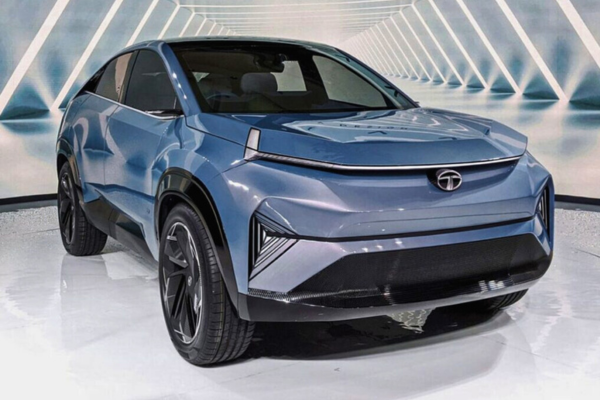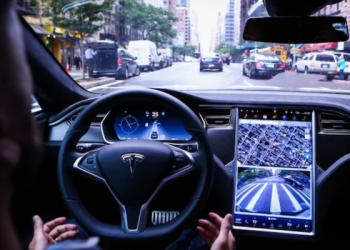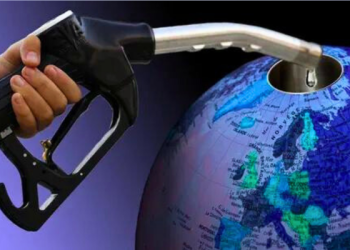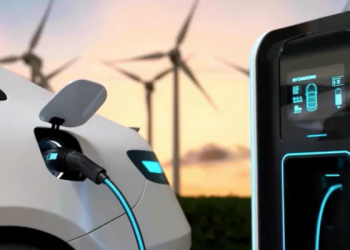In a bold move toward greener transportation solutions, Tata Motors has set its sights on adding a total of 10 electric vehicles (EVs) to its product lineup by the year 2025. This plan includes integrating electric variants alongside their existing popular models like Nexon, Tigor, Tiago, and Express T.
One of the highlights of Tata Motors‘ electrification strategy is the recent unveiling of the Curvv EV, a coupe SUV. This concept car will soon make its way to mass production, sharing the spotlight with Tata Motors’ other upcoming EVs, namely the Harrier EV and the Sierra EV.

Vivek Srivatsa, the Head of Marketing and Sales at Tata Passenger Electric Mobility Ltd, elaborated on the company’s vision for electric mobility. Notably, he emphasised that Tata Motors intends to ensure compatibility between its vehicles for both electric and traditional combustion engines. This strategic approach is designed to optimize production, increase economies of scale, and attract a broader spectrum of customers.
Srivatsa addressed the key challenges hindering the broader adoption of electric vehicles. Firstly, he emphasized the critical importance of expanding the charging infrastructure, especially along highways, to alleviate concerns about long-distance travel. With reliable and efficient charging options, electric vehicles become more appealing to a wider audience.
The second challenge lies in providing charging solutions for individuals who lack dedicated parking spaces. Tata Motors recognizes the need to address this issue to make EVs more accessible and convenient for urban dwellers.
Tata Motors has set an ambitious target to achieve complete carbon neutrality by 2040. Electrifying their vehicle lineup is a significant step toward realizing this environmental goal. However, the company remains committed to offering various powertrain options as long as there is consumer demand.
Srivatsa projected that by 2030, approximately 50 percent of Tata Motors’ sales will comprise electric vehicles, with the remaining 50 percent being internal combustion engine (ICE) vehicles. This balanced approach acknowledges the coexistence of both EVs and ICE vehicles in the market, allowing Tata Motors to cater to diverse customer preferences.
Tata Motors also sees significant potential for EV penetration in smaller cities. The reduced travel distances, greater availability of parking, and a growing willingness among residents in Tier 2 and 3 cities to embrace electric mobility are key factors driving this expansion.
Read also: A glimpse of tomorrow’s electric vehicles debuted at IAA Mobility 2023








![Gordon Murray S1 LM supercar [Source: Auto Evolution]](https://autojournal.africa/wp-content/uploads/2025/11/Gordon-Murray-Auto-Evolution-350x250.png)












